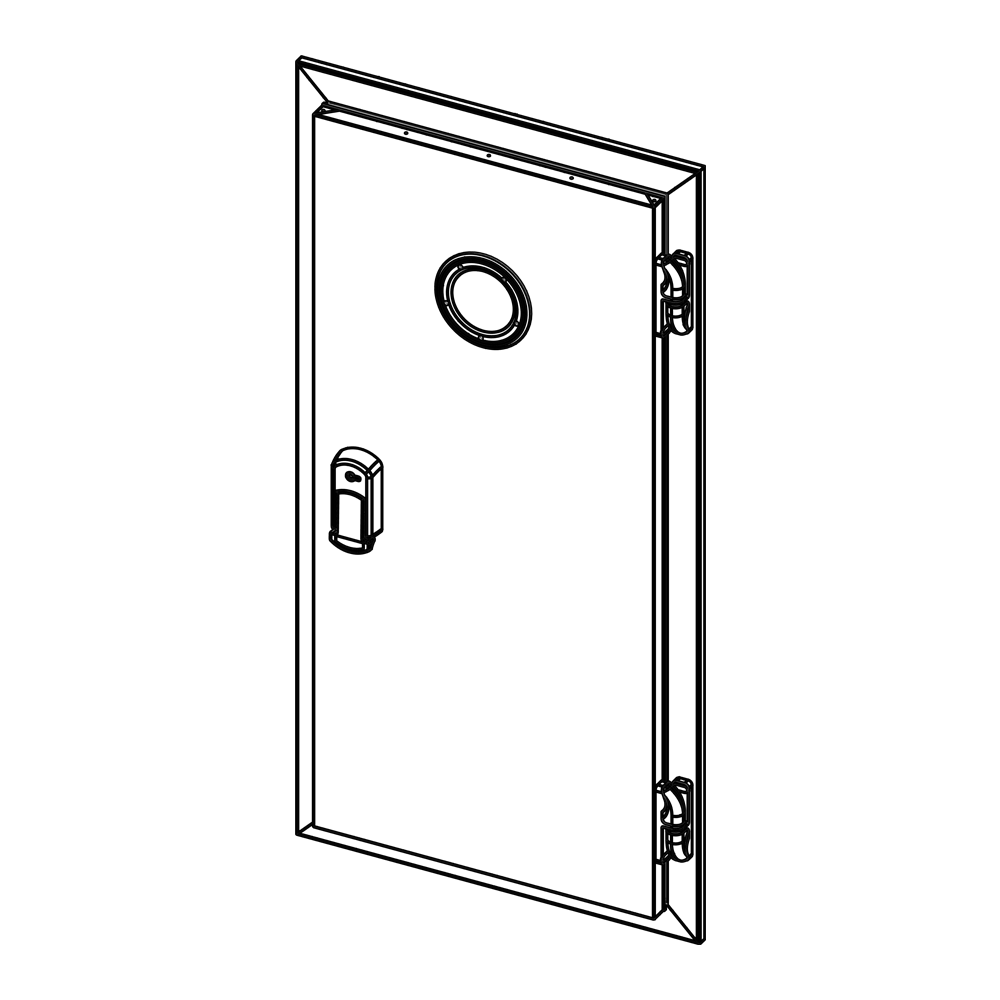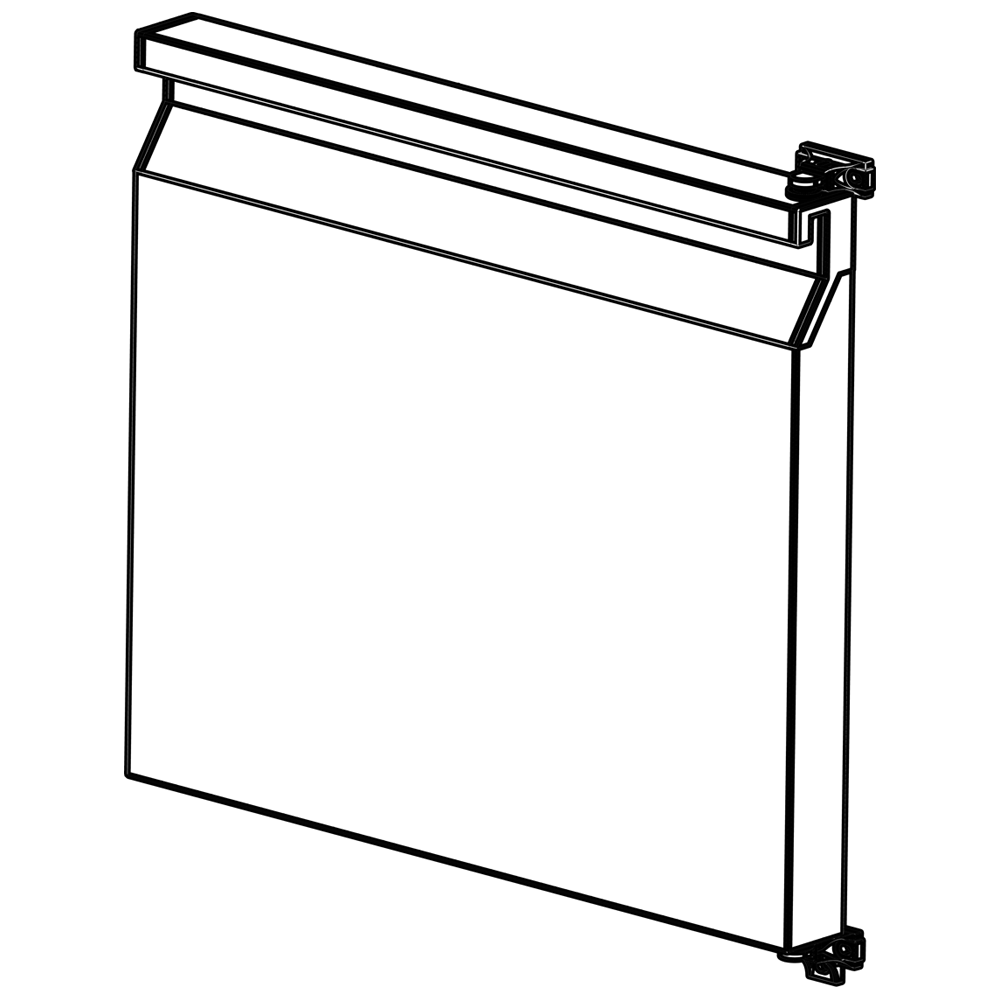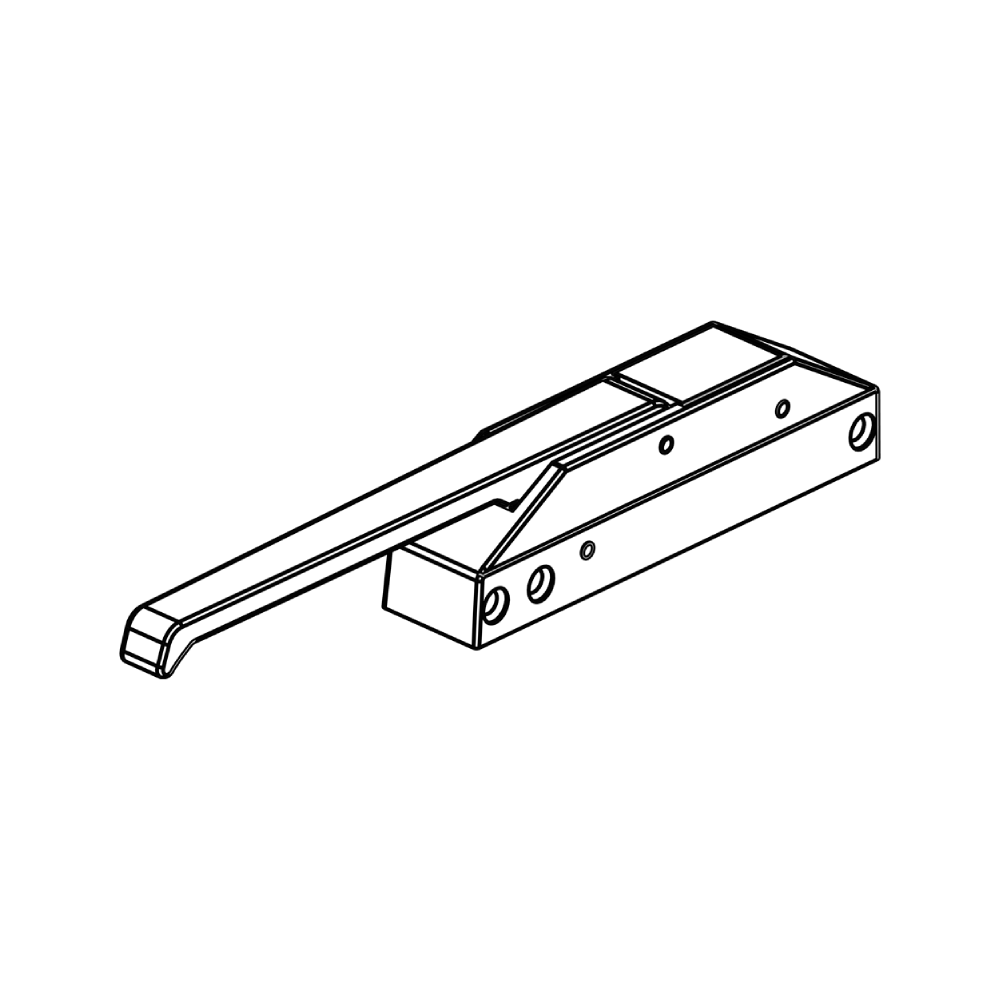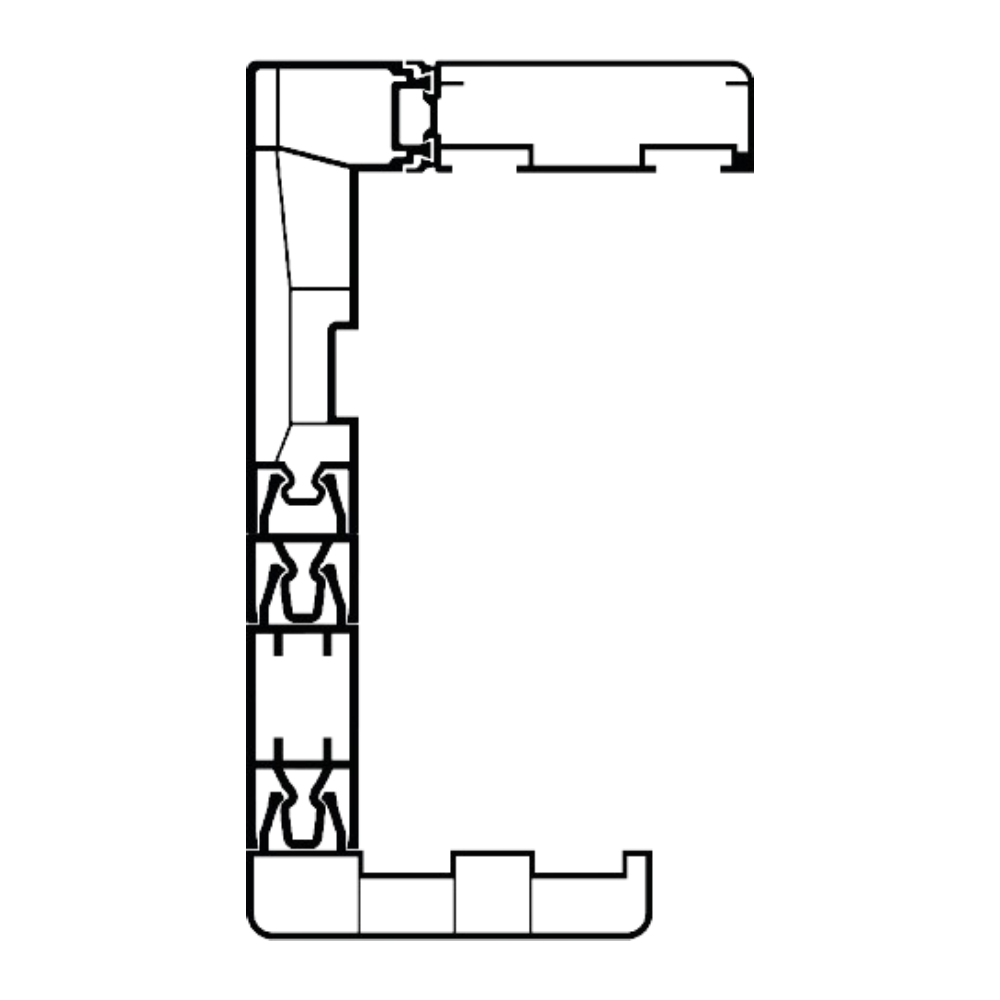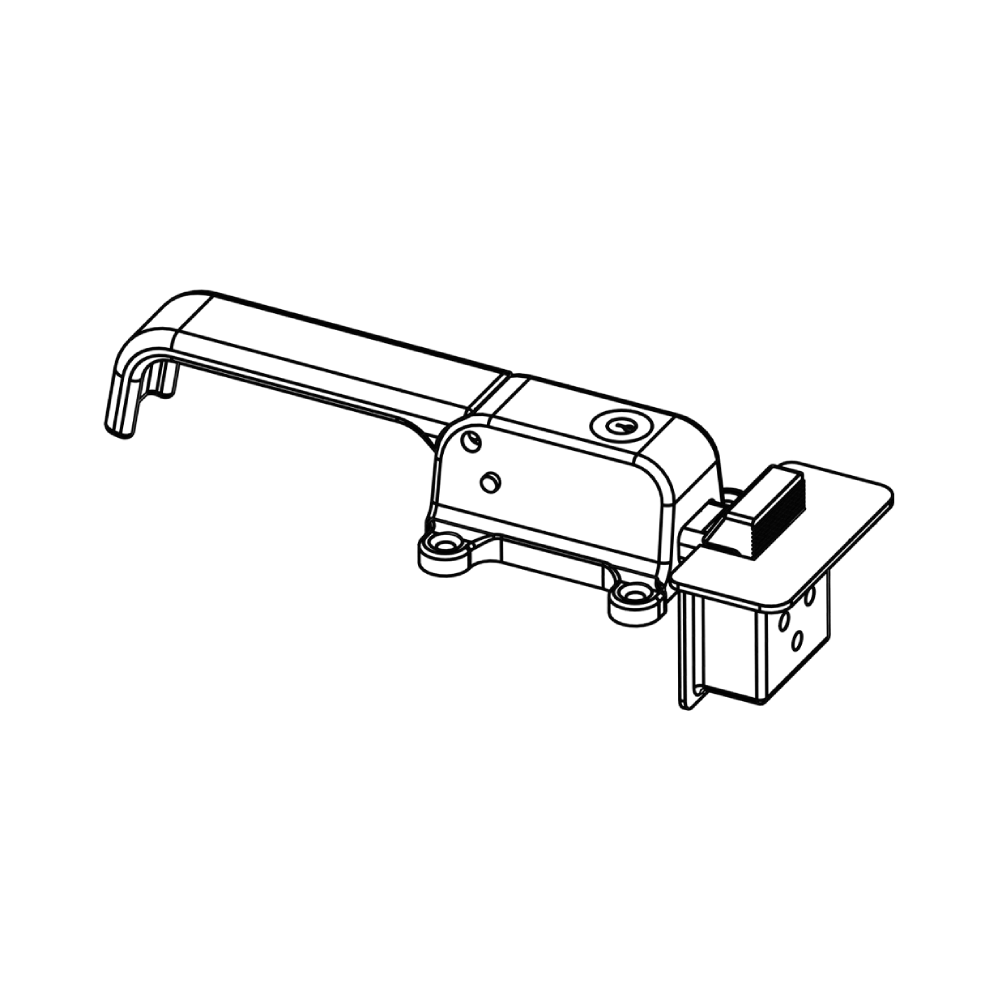Hygienic Aluminum Profiles: Antimicrobial Solutions For Food Facilities
Table of Contents
- Are Hygienic Aluminum Profiles the Ultimate Defense Against Contamination in Food Processing?
- A Guide to Selecting and Specifying Antimicrobial Aluminum for Food-Grade Environments
- Critical Ways Hygienic Aluminum Profiles Mitigate Pathogen Risk in Your Facility
- Stainless Steel vs. Antimicrobial Aluminum: A Technical Comparison for Food & Beverage Applications
- How to Design a Low-Maintenance, High-Hygiene Facility with Antimicrobial Aluminum Extrusions
- What Makes an Aluminum Profile Truly "Hygienic"? An Analysis of Coatings, Seals, and Standards
Are Hygienic Aluminum Profiles the Ultimate Defense Against Contamination in Food Processing?
The relentless pursuit of contamination control in food processing environments demands materials and designs that exceed basic standards. Within this framework, hygienic aluminum profiles have emerged as a critical component for constructing machinery, workstations, and enclosures. The fundamental advantage lies in aluminum's inherent corrosion resistance, which prevents oxidation and pitting that could harbor pathogens and compromise structural integrity.
True hygienic performance is achieved through specialized engineering. Profiles designed for food and pharmaceutical applications feature radiused corners and smooth, continuous surfaces, eliminating sharp angles and crevices where bacteria can proliferate. This design philosophy, central to easy-to-clean surfaces, allows for efficient and effective washdown procedures, whether manual or automated with high-pressure chemicals. The non-porous nature of a properly finished aluminum surface prevents liquid absorption, a common failure point for other materials.
The application of advanced surface treatments is paramount. Anodizing creates a hard, integral oxide layer that enhances durability, while specialized polymer coatings like Hygienic Polyester Coatings provide an extra barrier. These coatings are often certified for food contact and offer superior resistance to aggressive cleaning agents, acids, and alkalis, ensuring long-term material durability.
From a commercial and operational standpoint, the modularity of aluminum extrusion systems offers significant value. This design approach facilitates modular design, allowing for rapid reconfiguration of processing lines to accommodate new products or meet evolving regulatory demands. The lightweight nature of aluminum simplifies installation and maintenance, reducing downtime and labor costs. This contributes directly to a lower total cost of ownership compared to welded stainless steel alternatives.
Leading manufacturers like İmamoglu have pushed the boundaries by integrating features such as seamless integration of panels and components through specialized gaskets and connectors. This eliminates gaps and ensures a continuous, cleanable surface across the entire structure. The ultimate goal is to support a facility's sanitary design principles, creating an environment where contamination risks are systematically designed out of the equipment itself.
When specifying these profiles, engineers must consider the specific regulatory compliance requirements of their region, such as those outlined by the FDA or EHEDG. Selecting profiles with the appropriate certifications and documentation is non-negotiable for audit readiness and product safety. The investment in high-quality hygienic aluminum profiles is an investment in risk mitigation, operational efficiency, and brand protection.
A Guide to Selecting and Specifying Antimicrobial Aluminum for Food-Grade Environments
The selection of materials for food-grade environments demands a rigorous approach, balancing regulatory compliance with long-term operational durability. Antimicrobial aluminum represents a significant advancement in this domain, offering a built-in defense mechanism against microbial proliferation. The core technology often involves embedding antimicrobial agents, such as silver ions, directly into the aluminum substrate during the alloying or coating process.
This integration creates a surface that continuously inhibits the growth of bacteria, mold, and mildew. The primary mechanism is the disruption of microbial cellular functions, providing a hygienic surface that complements, rather than replaces, standard cleaning protocols. For product managers, this translates to an enhanced value proposition by reducing the risk of product contamination and extending the service life of equipment.
Effective material selection hinges on understanding the specific demands of the application, such as exposure to moisture, temperature fluctuations, and mechanical wear. Not all antimicrobial aluminum is created equal; specifications must detail the concentration and type of antimicrobial agents, the method of incorporation, and the resulting surface durability. A product like that from İmamoglu would undergo rigorous testing to ensure the antimicrobial properties are intrinsic and long-lasting.
From a technical standpoint, specifying the correct alloy and temper is crucial for structural integrity, while the antimicrobial feature addresses cross-contamination risks. This is particularly vital for high-touch components like conveyor belts, work tables, and door handles. The regulatory compliance of these materials, including FDA and EU regulations for food contact, is a non-negotiable aspect of the specification process.
The commercial benefits extend beyond hygiene to encompass total cost of ownership. By reducing the frequency and intensity of cleaning required and minimizing degradation from microbial activity, antimicrobial aluminum can lower maintenance costs and downtime. This makes it a strategically sound investment for food processing plants, commercial kitchens, and pharmaceutical facilities where product integrity is paramount.
For industrial engineers, the performance metrics of such a material are key. Data on efficacy against specific pathogens, abrasion resistance, and compatibility with cleaning chemicals must be thoroughly evaluated. A comprehensive guide provides the framework for this technical due diligence, ensuring that the selected material meets both engineering and commercial objectives.
Critical Ways Hygienic Aluminum Profiles Mitigate Pathogen Risk in Your Facility
The proliferation of pathogens in industrial facilities presents a significant operational risk, directly impacting product integrity, employee safety, and regulatory compliance. Traditional building materials with porous surfaces, seams, and complex geometries create reservoirs for microbial growth. Hygienic aluminum profiles are engineered specifically to eliminate these vulnerabilities through superior material science and intelligent design, fundamentally altering the facility's resistance to contamination.
Central to their effectiveness is the inherent property of aluminum, which is a non-porous substrate that does not absorb moisture or nutrients necessary for pathogen survival. When finished with a specialized hygienic coating, the surface becomes exceptionally smooth and inert, preventing the adhesion of microbes and facilitating effortless cleaning. This creates a foundational barrier protection that is absent in painted steel or plastic components.
The geometric design of these profiles is a critical component of their performance. İmamoglu profiles feature radiused corners and minimized seams, strategically eliminating the sharp angles and crevices where biofilms typically establish. This cleanability is paramount, as it ensures that sanitation protocols, including high-pressure washing and chemical disinfection, are fully effective, leaving no protected niches for pathogens.
Beyond surface properties, the structural integration of hygienic aluminum profiles enhances overall facility hygiene. They enable the construction of equipment and structures with a modular design that prioritizes open space and accessibility. This design philosophy minimizes horizontal surfaces that accumulate dust and debris, a key principle in advanced sanitary engineering for food processing and pharmaceutical environments.
Durability under rigorous sanitation regimes is a key commercial consideration. The robust anodized finish on İmamoglu profiles resists corrosion from aggressive cleaning agents and prevents oxidation, which can create surface irregularities that harbor bacteria. This long-term material integrity ensures the hygienic state of the facility is maintained over the asset's entire lifecycle, reducing long-term maintenance costs and sustaining a validated contamination control strategy.
The application of these profiles extends to critical control points such as material handling systems, partition frameworks, and workstation enclosures. By specifying hygienic aluminum, engineers implement a proactive engineering control that mitigates risk at the source, supporting compliance with stringent global standards and safeguarding brand reputation through demonstrable risk mitigation.
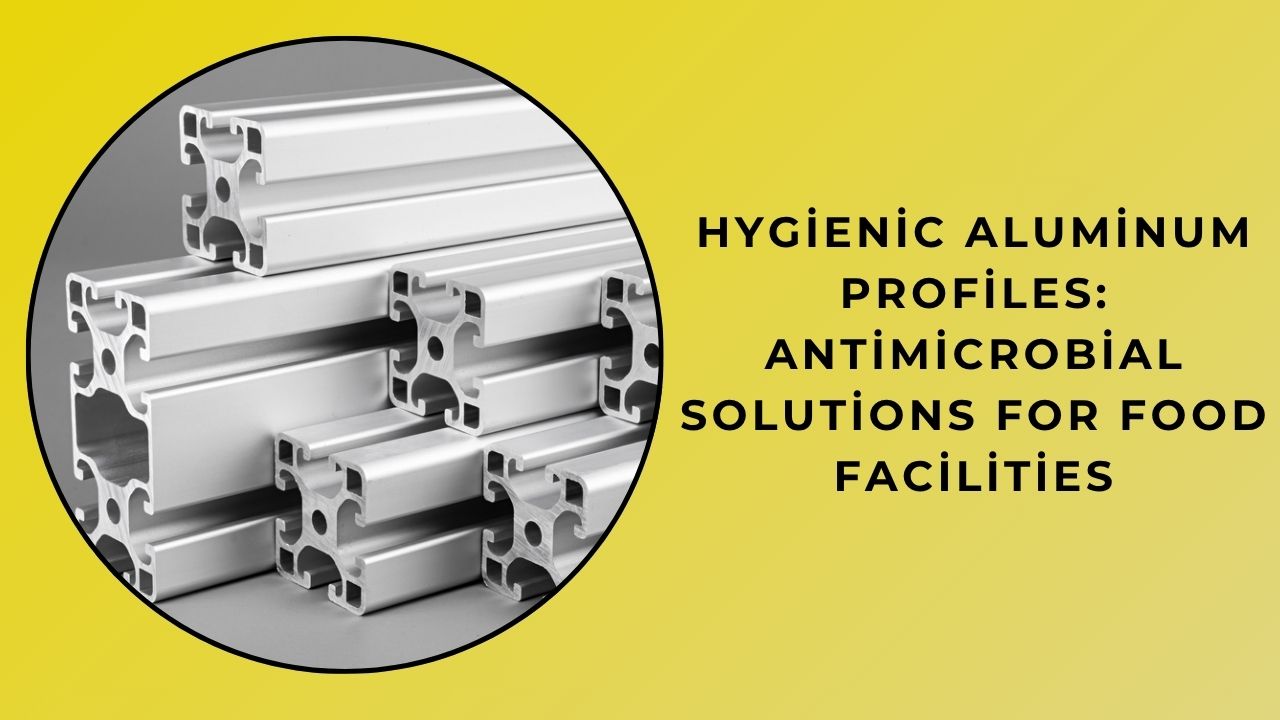
Stainless Steel vs. Antimicrobial Aluminum: A Technical Comparison for Food & Beverage Applications
The selection of materials for food and beverage processing equipment is a critical decision impacting operational efficiency, product safety, and total cost of ownership. Stainless steel, particularly grades like 304 and 316, has long been the industry standard due to its exceptional corrosion resistance against acids, alkalis, and chlorides common in food environments.
This inherent durability allows stainless steel components to withstand aggressive clean-in-place (CIP) protocols, ensuring rigorous hygienic design standards are maintained. Its non-porous surface prevents bacterial ingress, and its mechanical strength supports heavy-duty applications like mixing tanks and conveyor systems.
Antimicrobial aluminum, such as the formulations developed by İmamoglu, presents a modern alternative by integrating silver-ion or copper-based agents directly into the alloy matrix. This technology provides a continuous antimicrobial efficacy, actively inhibiting the growth of bacteria, mold, and mildew on the surface between cleaning cycles.
While aluminum offers a significant advantage in weight reduction, leading to improved energy efficiency in mobile or portable equipment, its general corrosion resistance is lower than stainless steel. It is more susceptible to pitting in highly acidic or saline environments, which can compromise long-term surface integrity.
The choice often hinges on the specific application's demands. For static, high-temperature, and chemically harsh processes, stainless steel's passive layer and proven material longevity are paramount. For applications where weight, thermal conductivity, and proactive microbial control are prioritized—such as interior panels, transport containers, or handle components—antimicrobial aluminum offers a compelling value proposition.
Engineers must perform a detailed lifecycle assessment that weighs initial material cost against maintenance, cleaning frequency, and potential downtime. The integration of antimicrobial properties directly into the substrate material of aluminum alloys represents a significant innovation for specific use cases within the broader food and beverage industry.
How to Design a Low-Maintenance, High-Hygiene Facility with Antimicrobial Aluminum Extrusions
The design of industrial facilities for sectors such as food processing, pharmaceuticals, and healthcare demands an uncompromising approach to hygienic design. Achieving a low-maintenance, high-hygiene environment hinges on selecting materials that actively resist microbial colonization and are easy to clean. Antimicrobial aluminum extrusions represent a significant advancement in this field, integrating material science directly into the architectural framework.
These specialized extrusions are impregnated with antimicrobial agents, such as silver ions, which are engineered to inhibit the growth of bacteria, mold, and fungi on the surface. This built-in protection operates continuously, providing a persistent biocidal surface that complements routine cleaning protocols. The primary mechanism involves disrupting critical cellular processes in microorganisms, effectively reducing the microbial load on high-touch areas like handrails, workstations, and equipment housings.
From an engineering perspective, the inherent properties of aluminum are crucial. Its strength-to-weight ratio allows for the creation of robust structural components, while its malleability enables complex profile design. This is essential for creating seamless, radius-cornered sections that eliminate dirt traps, a fundamental principle of hygienic design. The anodized finish often applied to these extrusions further enhances durability and cleanability, creating a non-porous barrier resistant to harsh chemicals and abrasion.
For product managers and commercial decision-makers, the value proposition extends beyond hygiene. The integration of antimicrobial properties directly into the material reduces the frequency and intensity of cleaning, leading to tangible operational efficiency gains. This translates into lower labor costs, reduced consumption of cleaning agents, and minimized facility downtime. Furthermore, specifying materials like antimicrobial aluminum can be a critical component in meeting stringent regulatory standards and certifications.
The application of this technology is particularly effective in environmental control areas where cross-contamination is a primary risk. By specifying antimicrobial aluminum for door frames, modular wall systems, and conveyor supports, engineers design a proactive hygienic barrier into the facility's very structure. This surface integrity is maintained over the product's lifecycle, ensuring long-term performance without degradation of the antimicrobial efficacy.
The use of antimicrobial aluminum extrusions is a strategic investment in facility resilience. It represents a shift from reactive cleaning to proactive contamination control, leveraging advanced material properties to safeguard product quality, protect brand reputation, and optimize long-term operational expenditures.
What Makes an Aluminum Profile Truly "Hygienic"? An Analysis of Coatings, Seals, and Standards
The designation of an aluminum profile as truly hygienic extends far beyond simple cleanability, representing a holistic engineering approach to microbial control and contamination prevention. This status is achieved through the synergistic combination of specialized surface treatments, precision manufacturing, and adherence to stringent international standards.
A foundational element is the application of advanced coatings, with anodizing being a critical process. A high-quality, sealed anodic layer creates an exceptionally hard, non-porous surface that inhibits the adhesion of bacteria, molds, and soils. The integrity of this layer is paramount; a poorly sealed coating can harbor microorganisms within its microscopic pores, negating its hygienic properties. The use of antimicrobial powder coatings, which incorporate silver-ion or other EPA-approved agents, provides an additional active layer of protection by continuously inhibiting microbial growth on the surface itself.
Equally important is the physical design of the profile. Sharp, internal 90-degree angles are significant contamination risks, as they are difficult to clean and allow debris to accumulate. A genuinely hygienic profile incorporates radiused corners, which facilitate run-off and enable effective cleaning with minimal effort. This design philosophy minimizes surface energy, creating a hydrophobic effect that causes liquids to bead and roll off, rather than spread and dry.
The integration of effective sealing systems is non-negotiable for constructing complete hygienic assemblies. Gaskets and seals must be made from FDA-compliant materials like silicone or EPDM and must be designed to create a perfect, gap-free barrier against moisture and biological ingress. Products from manufacturers like İmamoglu are often engineered with integrated gasket channels to ensure a reliable and durable seal, which is critical for maintaining a sterile environment.
Compliance with recognized industry standards such as EHEDG or 3-A Sanitary Standards provides the necessary third-party validation. These standards dictate specific criteria for materials, surface finish, and cleanability, offering a measurable benchmark for performance. For product managers, selecting profiles that meet these standards mitigates regulatory risk and assures end-users of the product's efficacy in demanding applications like pharmaceutical processing or food production.
The ultimate benefit of a properly engineered hygienic aluminum profile is a significant reduction in total cost of ownership. While the initial investment may be higher, the long-term savings from reduced downtime for cleaning, lower chemical and water usage, and minimized risk of product contamination or recall are substantial. This makes the specification of certified hygienic profiles a commercially astute decision for any operation where purity is paramount.


